In the News
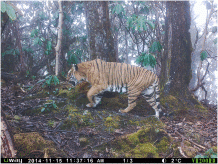
For Your Information
March 09, 2021
Neurological disease in wild tigers has recently gained prominence following a series of fatal canine distemper virus infections affecting tigers in Russia and elsewhere. However, new research into a similar case affecting a wild Bengal tiger in Bhutan diagnosed a brain lesion caused by a human tapeworm - the first time the condition has been recorded in a non-domestic cat species.
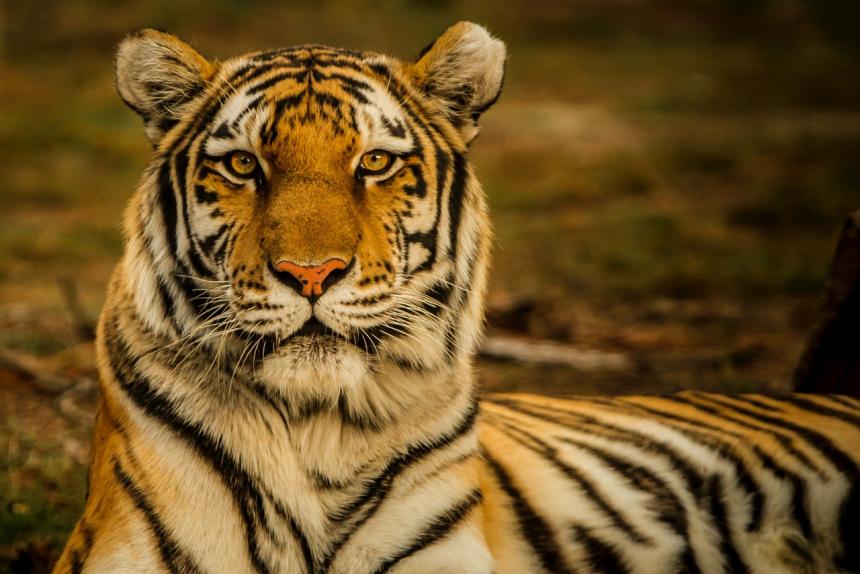
For Your Information
February 16, 2021
Tigers are among the most charismatic of endangered species and garner significant conservation attention. However, their evolutionary history and genomic variation remains poorly known, especially for Indian tigers. With 70% of the world's wild tigers living in India, such knowledge is critical for their conservation.

January 20, 2021
The annual Cornell Day of Data brings together professors, researchers and students across the university to share techniques, tools and insights in working with data. This year's theme is "Scholarship through Collaboration."
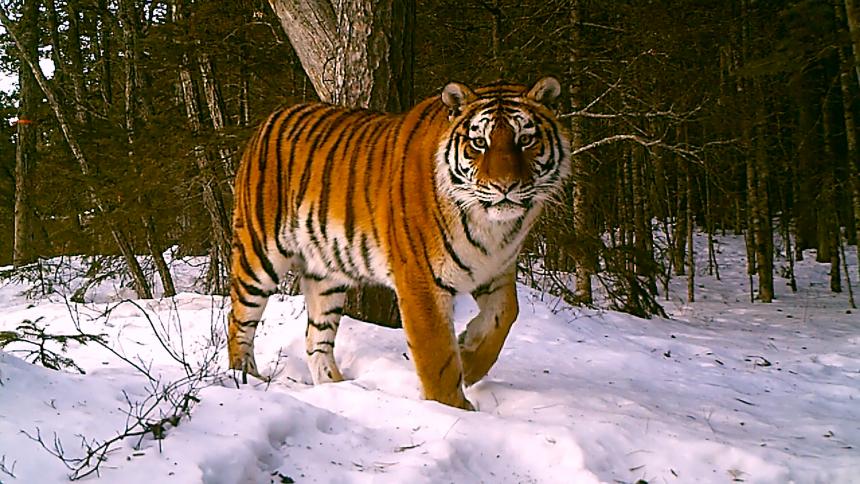
December 24, 2020
In this commentary, Cornell's Dr. Martin Gilbert and WCS's Dale Miquelle argue that it is incumbent upon science-based conservation agencies to consider vaccinating high-risk tiger populations where epidemiological research indicates that it is necessary to mitigate extinction risks.
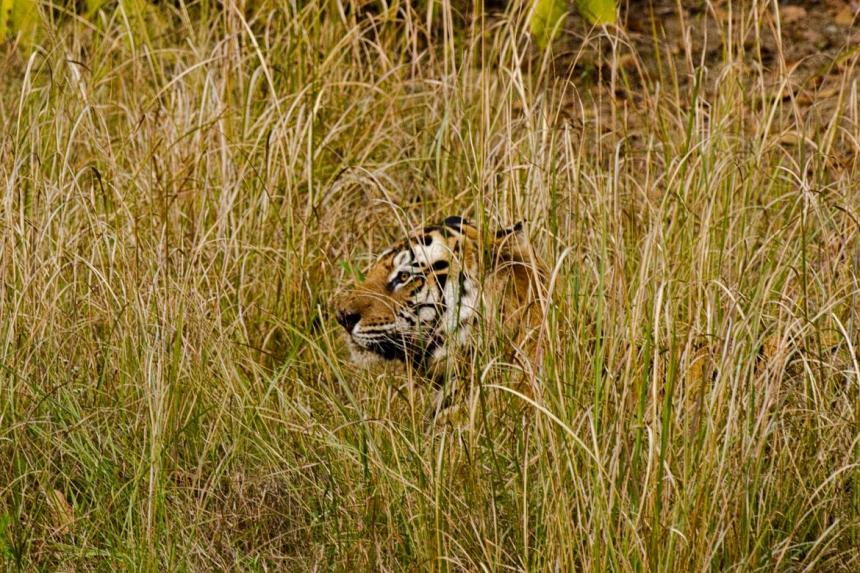
December 17, 2020
A team led by Cornell's Dr. Martin Gilbert has shown that vaccinating endangered Amur tigers is the only viable method of protecting the species from canine distemper virus, which causes respiratory and neurological infections in tigers and other carnivores.

December 09, 2020
The Cornell University College of Veterinary Medicine has released its 2020 Annual Report, detailing its progress in its key strategic priority areas, including "Advances in Animal, Human and Ecosystem Health."
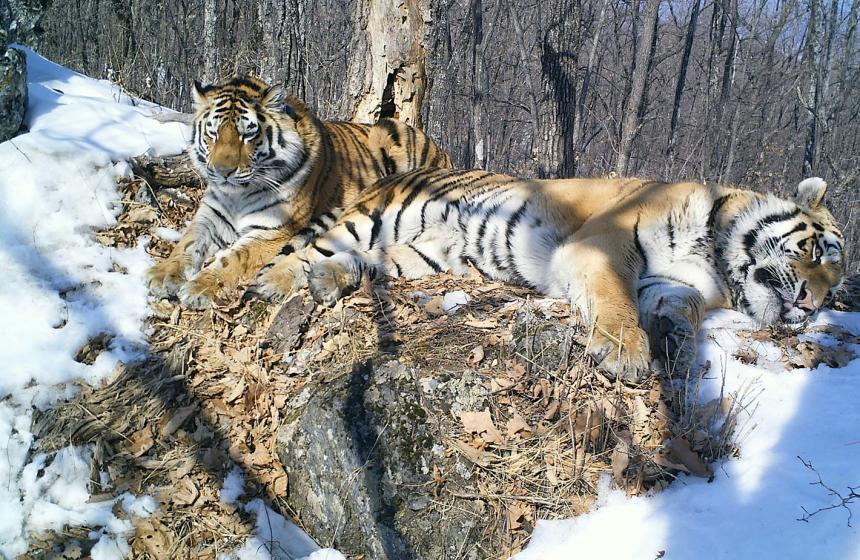
November 23, 2020
We vaccinate our dogs against the canine distemper virus, but it also affects wildlife, including the rare Amur tiger. Our own Dr. Martin Gilbert’s pioneering work shows how vaccinating Amur tigers against canine distemper virus could reduce their risk of extinction.
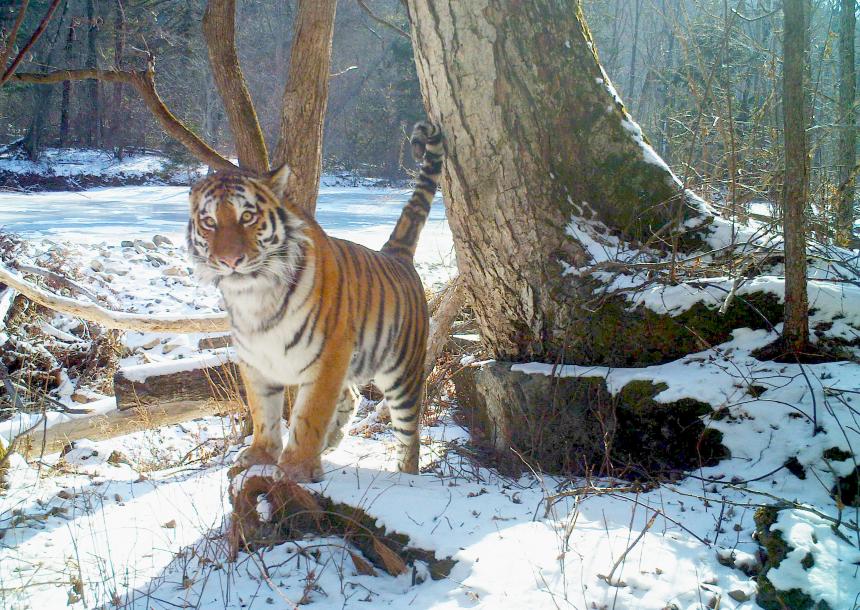
November 23, 2020
New research published by Cornell Wildlife Health Center's Martin Gilbert in the Proceedings of the National Academy of Sciences reveals that vaccination of endangered Amur (Siberian) tigers is the only practical strategy to protect these big cats from a dangerous disease in their natural habitat in the Russian Far East.
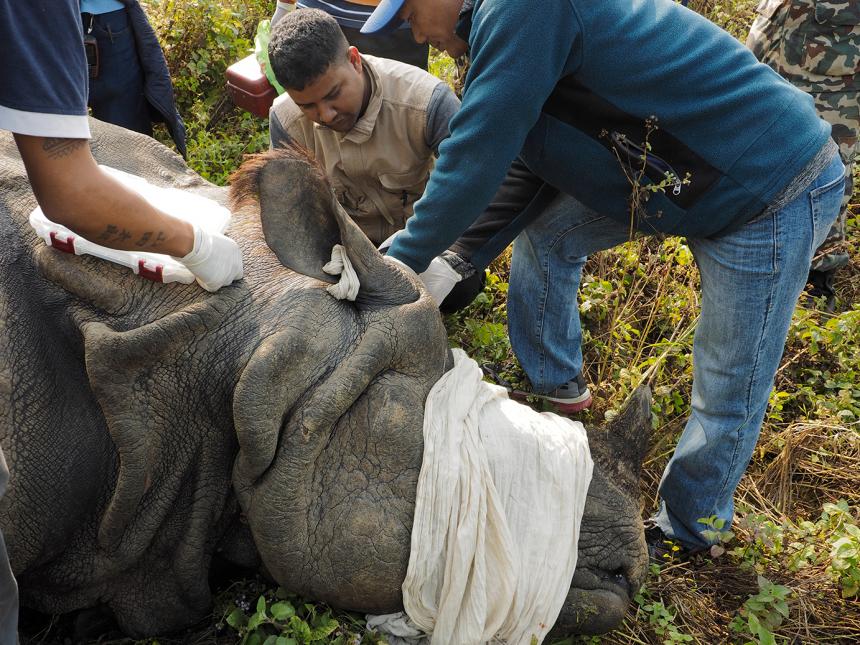
November 11, 2020
by
Martin Gilbert
As I write this in summer 2020, it is almost six months since the first reports that a mysterious new pathogen was emerging in the Chinese city of Wuhan. Given the pandemic that ensued, few of us remain unaware of the omnipotent reach of wildlife-origin microbes to disrupt our health, our economies and our liberty....

For Your Information
March 13, 2020
Growing evidence suggests that multiple wildlife species can be infected with peste des petits ruminants virus (PPRV), with important consequences for the potential maintenance of PPRV in communities of susceptible hosts, and the threat that PPRV may pose to the conservation of wildlife populations and resilience of ecosystems.
